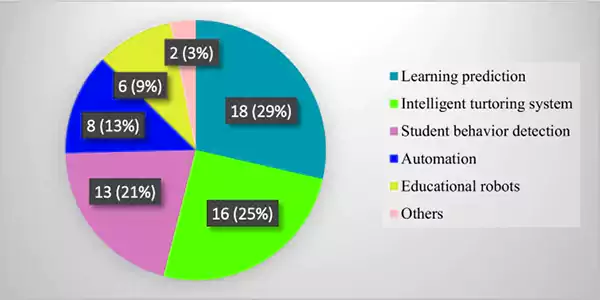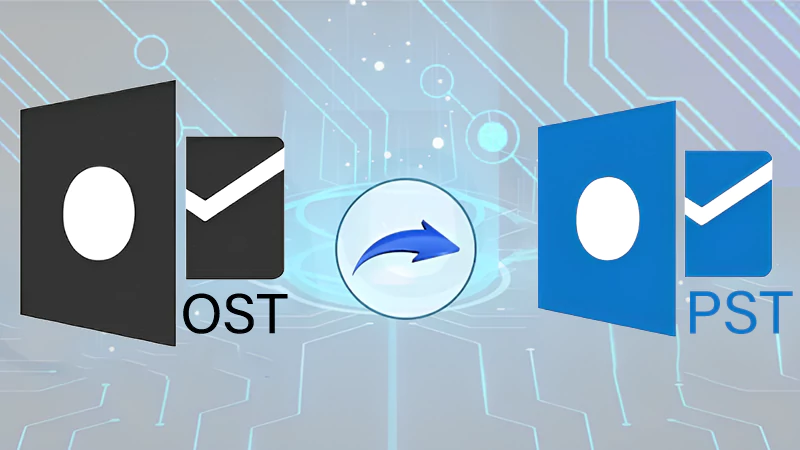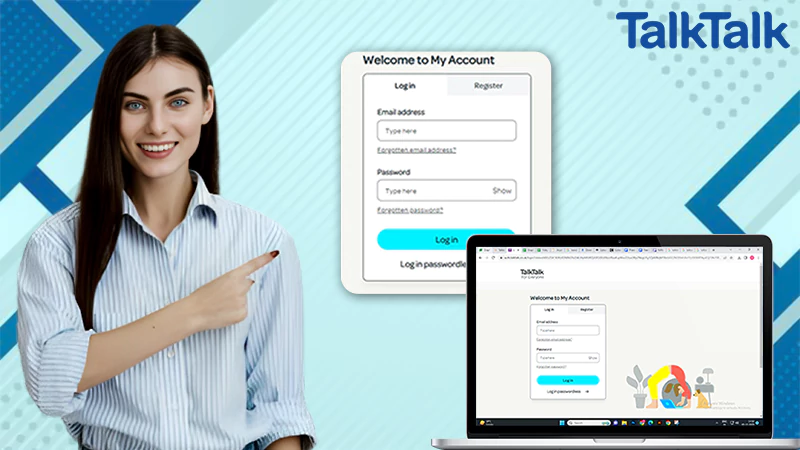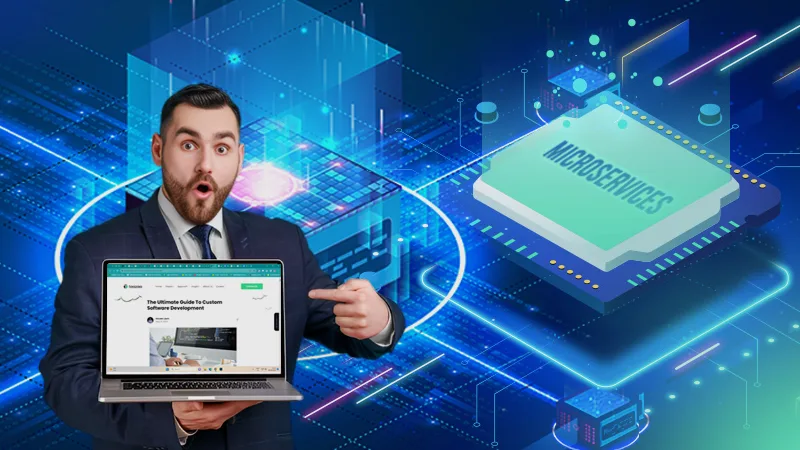AI That Helps Your Learn: How AI Tutoring Systems are Reinventing Education
With advances in artificial intelligence, new technologies are emerging that have the potential to transform how people learn.
One area showing great promise is AI tutoring systems – software platforms that use Artificial technology to provide personalized instruction, feedback, and support to students as they work to master new skills and concepts.
These platforms may help address challenges like a lack of access to expert teachers or the need for flexible learning options. It could make high-quality education more widely available.
All that is needed is to create or purchase a tutoring prompt from various ai prompts marketplace PromptsIdeas.com.
How AI Tutoring Systems Work
Most AI coaching systems work through an interactive process where students can access lessons, receive step-by-step guidance, practice exercises, and receive feedback on their progress.
It uses techniques like natural language processing to understand learner’s questions and responses. It also analyzes individuals’ patterns of engagement, and correct and incorrect answers to personalize the learning experience.
For example, if a child gets a particular type of math problem wrong multiple times, it may modify future lessons to spend more time on that concept and provide additional examples or explanations until mastery is achieved.
It also tracks individuals’ strengths and weaknesses over time to target instruction most effectively. Some platforms even generate new problems on the fly to keep lessons fresh and engaging for them at different skill levels.
Potential Benefits for Learners
The personalized, adaptive nature of AI tutoring holds promise for improving learning outcomes in several ways:
- Access to instruction anytime, anywhere. Students can access lessons and coaching via laptops and mobile devices, allowing flexible self-paced study both in and out of traditional classrooms.
This improves access for them in remote areas or those needing flexible schedules.
- Immediate, tailored feedback. AI teaching provides feedback within seconds of a sophomore’s response, specifically addressing their mistakes or misconceptions. The feedback is continuously adapted based on individual needs.
- Motivation through data-driven guidance. Tracking each child’s progress over time, helps tutoring systems to show concrete improvements and keep learners motivated by highlighting their strengths.
Acceleration of learning. Coaching systems may help students master skills and concepts more quickly compared to traditional classroom-only models, by zeroing in on knowledge gaps.
Do You Know?
AI in the education market is expected to grow at a CAGR of 10% from 2023 – 2032.
Potential Impacts on Education
If effective, the future of AI tutoring holds promise to help:
- Expand Access to Expertise. Leveraging AI will aid in high-quality instruction from top teachers and can potentially reach more learners – even those in underserved communities lacking access to great schools or teachers.
- Address Teacher Shortages. As demand for education grows globally, it may help fill gaps and reduce teacher workload by handling routine tasks like grading and low-level instruction. This allows human teachers to focus on higher-level skills.
- Individualize at Scale. AI makes it possible to deliver highly customized lessons even to large numbers of students. Programmed instruction can adapt to individual paces and needs.
- Improve Equity and Inclusion. Well-designed coaching systems could potentially make schooling accessible to more learners facing disabilities, language barriers, or community disadvantages.
Of course, Artificial Intelligence education also faces challenges around student engagement, explaining complex concepts, and evaluating broader competencies beyond rote skills. And no technology should aim to fully replace the role of expert human teachers.
With further innovation and study of learning outcomes, it holds promise as a tool to scale access to high-quality, personalized education.

Challenges for AI Tutoring Systems
While promising, there remain several open challenges for AI tutoring platforms to reach their full potential:
- Data and Evaluation. Collecting large datasets involving real students’ learning is difficult but needed to refine these platforms and prove their impact on various skills and domains. More longitudinal studies are also needed.
- Explanatory Capability. Teaching high-level reasoning and problem-solving versus just facts or rote skills is an area needing more research as explanations are complex.
- Student engagement. Maintaining long-term child interest, especially for younger learners, requires natural and appealing interfaces along with personalized incentives for progress.
- Model Generalization. Most current systems are tailored for specific domains or ages. Wider flexibility to adapt lessons across disciplines, cultures, and age groups is an ongoing area of research.
- Teacher Involvement. Ensuring AI enhances but does not replace human expertise will require new teacher training models and technology that seamlessly integrates with classroom lessons.
Continued progress in these open challenges will help determine how widely and effectively AI tutoring platforms can be deployed. With a student-centered approach and judicious development, these platforms show promise for expanding educational access and improving outcomes worldwide.




